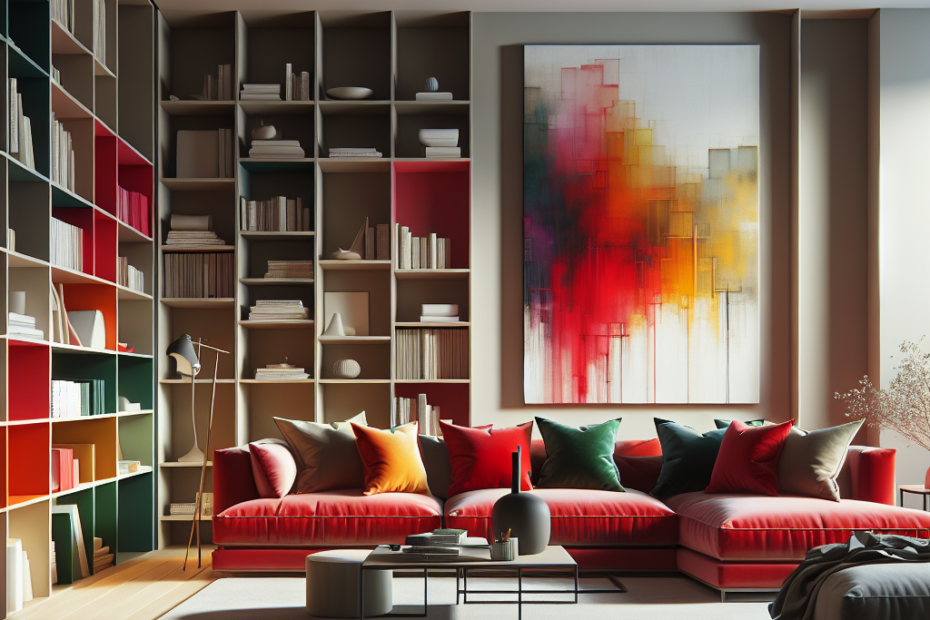“`html
Incorporating Bold Colors in Design
When it comes to interior design, many people are eager to experiment with bold colors. They notice how these colors can add character and energy to any space. However, incorporating bold colors without overwhelming the room is a challenge they often face.
Understanding Bold Colors
Bold colors include vibrant reds, deep blues, bright yellows, and rich greens. They are standout colors and can either make or break a space. Experts emphasize the importance of balance and moderation when using these hues.
Statistics on Color Influence
According to a study by Color Psychology, rooms painted with strong colors can increase energy levels by up to 30%. This statistic illustrates how color choice impacts mood and activity.
Choosing the Right Bold Colors
When selecting bold colors, they should consider how these will interact with the existing elements in their space. It’s suggested to start with small doses, such as accent walls or vibrant pieces of art, to gauge the impact.
Creating a Balanced Palette
When using bold colors, complementing them with neutral tones helps to strike a balance. Colors like beige, white, and gray can ground the vibrancy and prevent a space from feeling chaotic. According to interior designers, a popular rule of thumb is the 60-30-10 rule, which involves using 60% neutral colors, 30% bold colors, and 10% for an accent color.
Applications in Specific Spaces
| Space | Recommended Bold Color |
|---|---|
| Living Room | Deep Blue |
| Kitchen | Bright Yellow |
| Bedroom | Rich Green |
In living rooms, deep blues offer a calming yet sophisticated look. For kitchens, a touch of bright yellow can create an inviting and energetic environment. In bedrooms, a rich green is said to be both soothing and rejuvenating.
Accents and Accessories
Using accessories such as pillows, rugs, or curtains to introduce bold colors is another effective way. They can be easily swapped out and adjusted, allowing for flexibility and experimentation.
Lighting Considerations
Proper lighting is key when working with bold colors. They should ensure that the lighting enhances the colors rather than dulling them. Natural light can amplify bold colors, while artificial lighting can help in controlling their intensity.
Final Thoughts
Incorporating bold colors into a space involves careful planning and consideration. By starting small, balancing with neutrals, and being mindful of lighting, anyone can create a vibrant, harmonious space that reflects their personal style.
Key Takeaways
- Bold colors add energy and character but need careful use to avoid overwhelming the space.
- Start with small doses and balance with neutral tones.
- Lighting plays a crucial role in the perception of bold colors.
- The 60-30-10 rule is useful for maintaining balance.
- Consider using bold colors in specific areas for varied effects.
FAQ
-
What are bold colors in design?
Bold colors are vibrant and intense hues like deep blues or bright yellows that stand out in any space.
-
Why should they use neutral tones with bold colors?
Neutral tones help ground the space and balance the vividness of bold colors, preventing a chaotic look.
-
What is the 60-30-10 rule?
It’s a design concept that suggests using 60% of a main color, 30% of a secondary color, and 10% for accents.
-
How do bold colors affect mood?
Studies show bold colors can increase energy levels and influence mood positively when used appropriately.
-
Can lighting impact the use of bold colors?
Yes, lighting can either enhance or diminish the appearance of bold colors, making it crucial to consider.
“`
